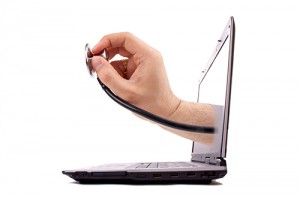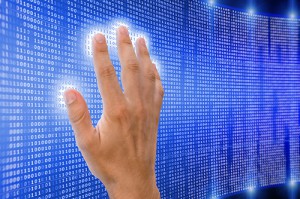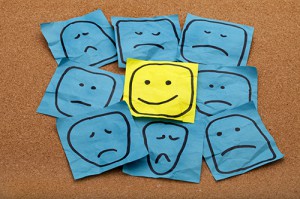 We celebrated the 2017 AIM graduates last week and look forward to starting a new cohort this week. In a way, these are beginnings for both groups. Our new students are just starting their AIM graduate careers with perhaps some uncertainty as to their new journey. Our newest alumni now have options open to them in terms of discretionary time and they will possibly pursue a passion or career position or even choose to continue their academic journey.
We celebrated the 2017 AIM graduates last week and look forward to starting a new cohort this week. In a way, these are beginnings for both groups. Our new students are just starting their AIM graduate careers with perhaps some uncertainty as to their new journey. Our newest alumni now have options open to them in terms of discretionary time and they will possibly pursue a passion or career position or even choose to continue their academic journey.
I think we often tie beginnings to specific events such as graduation or a new job or starting a degree program or any number of life events. In reality, we can declare fresh beginnings at any time for any reason. In this blog post I would like to explore ways we can move beyond our self-limitations and break out in new and productive ways.
Simple Steps
I have written about this topic before but I feel it is important to revisit. This message is as much for myself as it is for my readers. Beginnings do not have to be large undertakings. It can be as simple as taking a class on something you are interested in that is completely outside of your career field. If you have goals to improve your health and fitness, it is not necessary to run a marathon tomorrow but a simple step would be to get out and walk and enjoy nature. That can lead to other greater goals that could lead to running a marathon someday, or it can simply lead you down the path of better health. Sometimes it takes just simple steps.
One of the dilemmas of a new undertaking is devoting time to it. This could require giving something up. If you are like me, you may have habits and routines and commitments that fill your day. If you were to pursue something new, which of those routines would you be willing to give up? Sometimes this is the hardest part of starting down a new path and requires an examination of goals and values.
Thoughts
Congratulations to all of this year’s AIM graduates. I am proud of your accomplishments and am honored to have played a small part in getting you to the finish line. This is not an ending or a final resting place as such, but a beginning. Take advantage of your new knowledge and relationships that you forged and create the world that you want. Often, it starts with a simple step.
Kelly Brown is an IT professional and assistant professor of practice for the UO Applied Information Management Master’s Degree Program. He writes about IT and business topics that keep him up at night.












